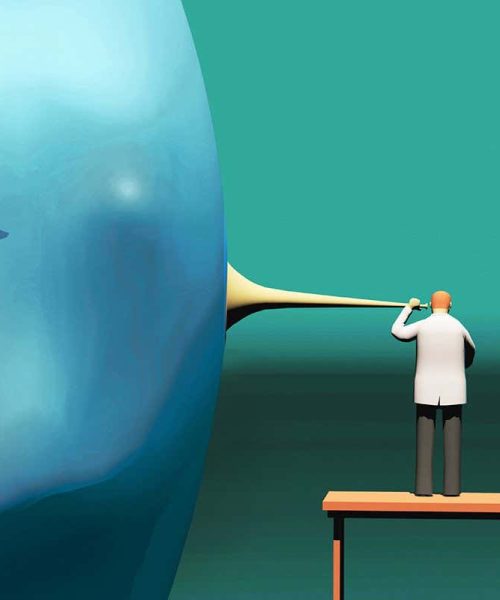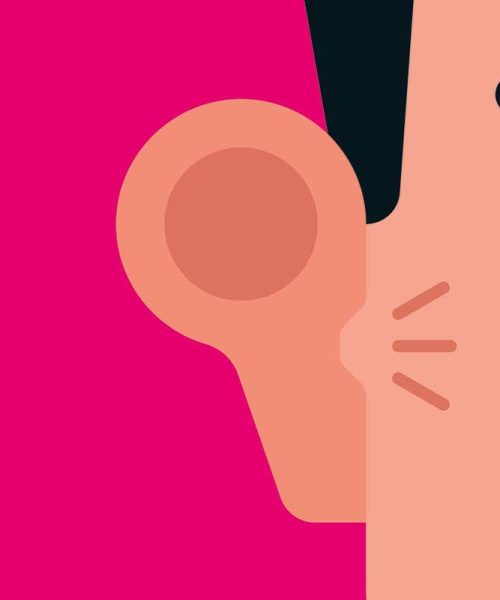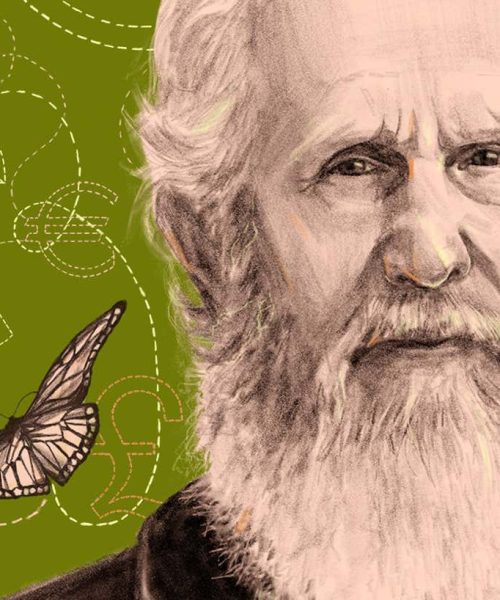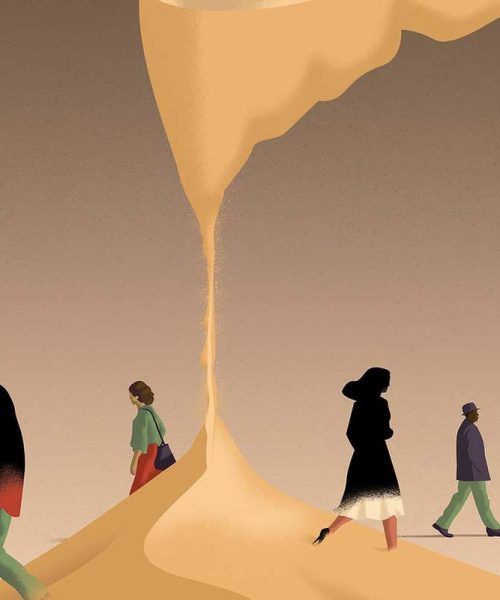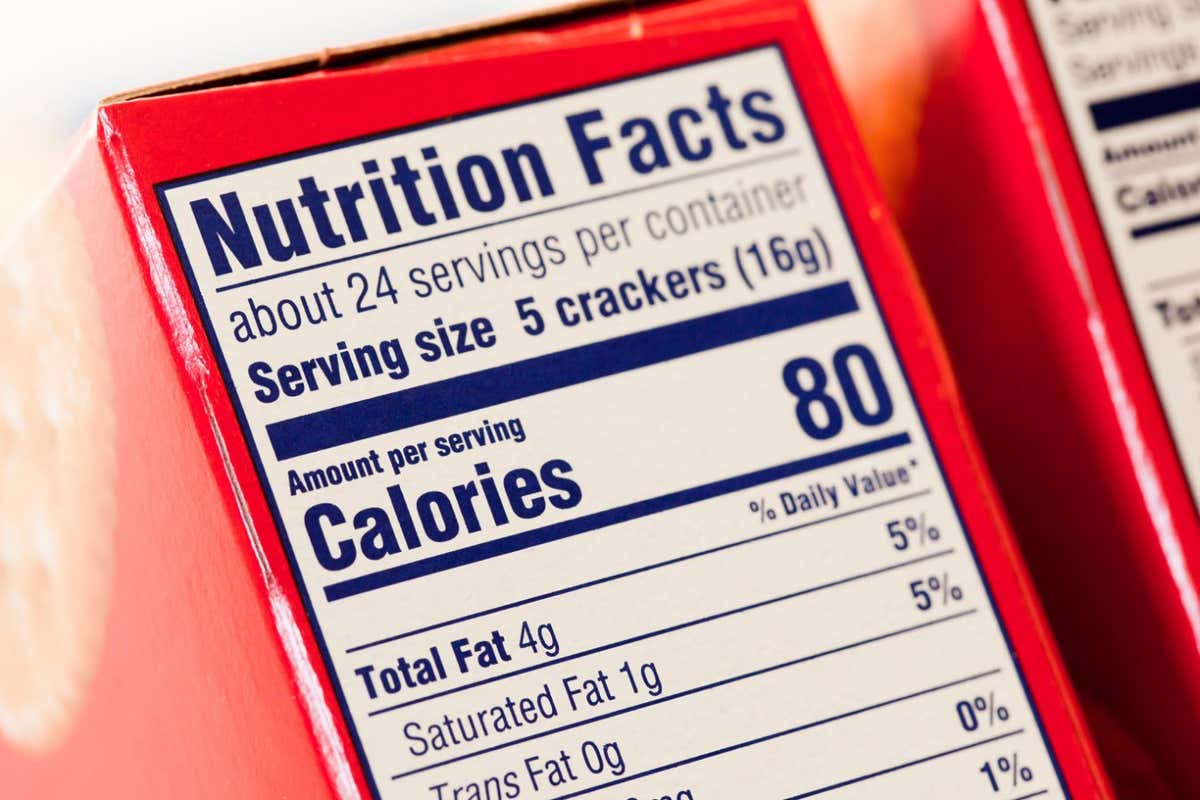
B Christopher/Alamy
WHEN you are navigating the complex world of nutrition, the calorie feels mercifully simple. A straightforward measure of the energy in our food, calories sit at the heart of conventional weight control advice. Consume too many, or fail to burn enough, and you will put on weight. Want to slim down? Eat less and move more. As the saying goes, “a calorie is a calorie is a calorie”. Dig a little deeper, however, and you find it isn’t that simple.
This idea of the body as a furnace and food as its fuel was popularised by Wilbur Atwater in the 19th century. He deduced that there are three main components, or macronutrients, with which we can calculate the calorie content of any food: protein and carbohydrates contain 4 calories per gram, while fats contain 9. Combine these and the result informs the calorie content on food labels everywhere.
But think about how food is consumed and you hit your first problem. Take an orange, says Giles Yeo, a geneticist at the University of Cambridge and author of Why Calories Don’t Count. An orange is mainly carbohydrate, or sugar. “When you drink orange juice, your body will absorb the sugar [quickly] because there is no digestion required,” says Yeo. Eat orange segments, however, and it takes energy for the digestive system to work on the fibre and extract the sugar. “Physiologically, your body does completely different things with it, with exactly the same calorie hit,” says Yeo.
Orange juice causes a more rapid spike in blood sugar levels than the orange segments, for example, and regular surges in blood sugar …
